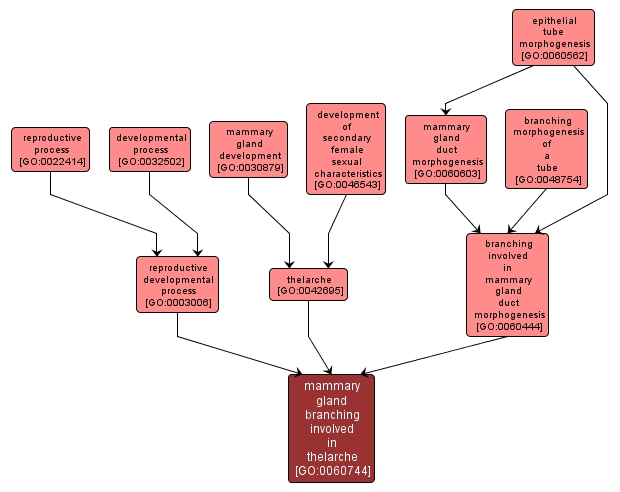GO TERM SUMMARY
|
| Name: |
mammary gland branching involved in thelarche |
| Acc: |
GO:0060744 |
| Aspect: |
Biological Process |
| Desc: |
The process by which the branching structure of the mammary gland duct is generated and organized during the period of sexual maturity in mammals. The mammary gland is a large compound sebaceous gland that in female mammals is modified to secrete milk. |
Synonyms:
- mammary gland branching involved in puberty
|














